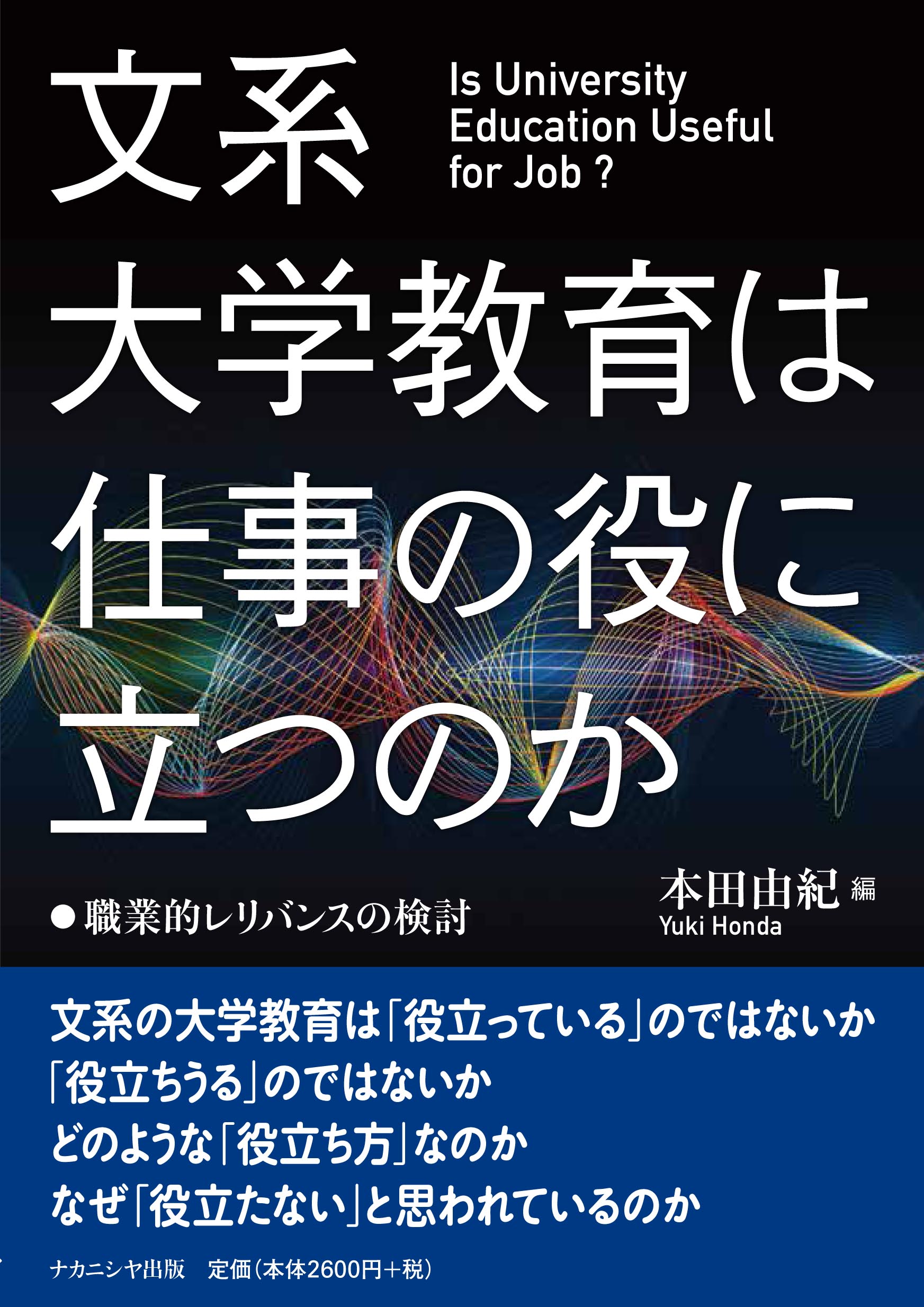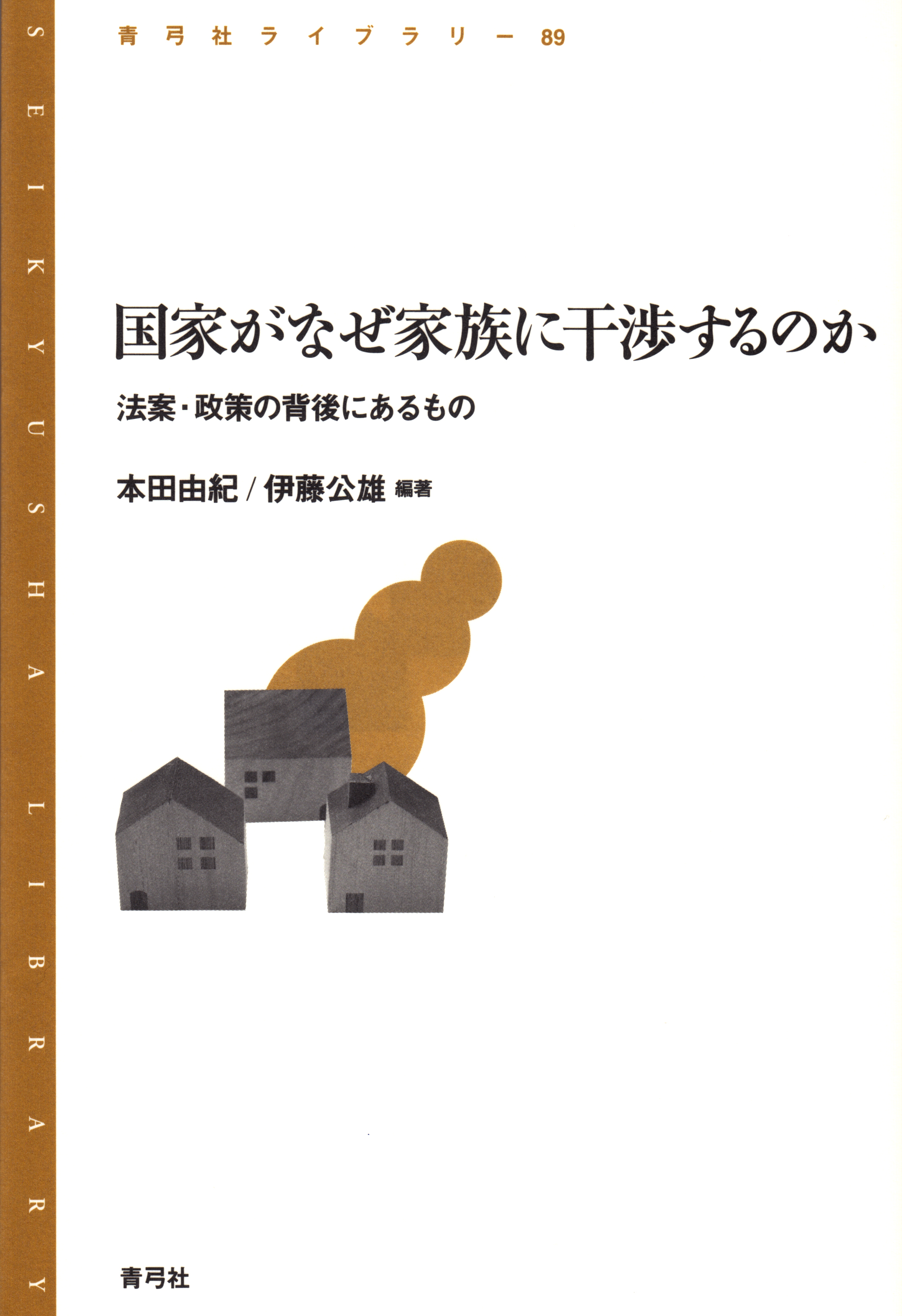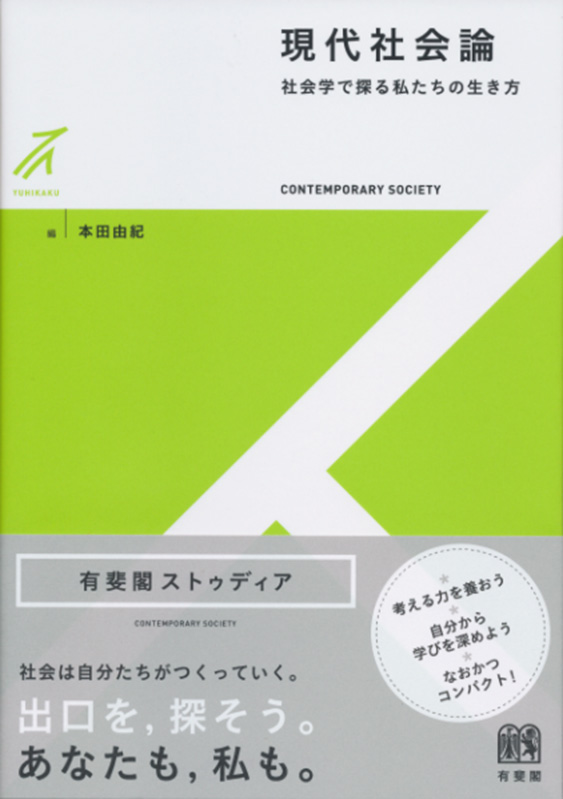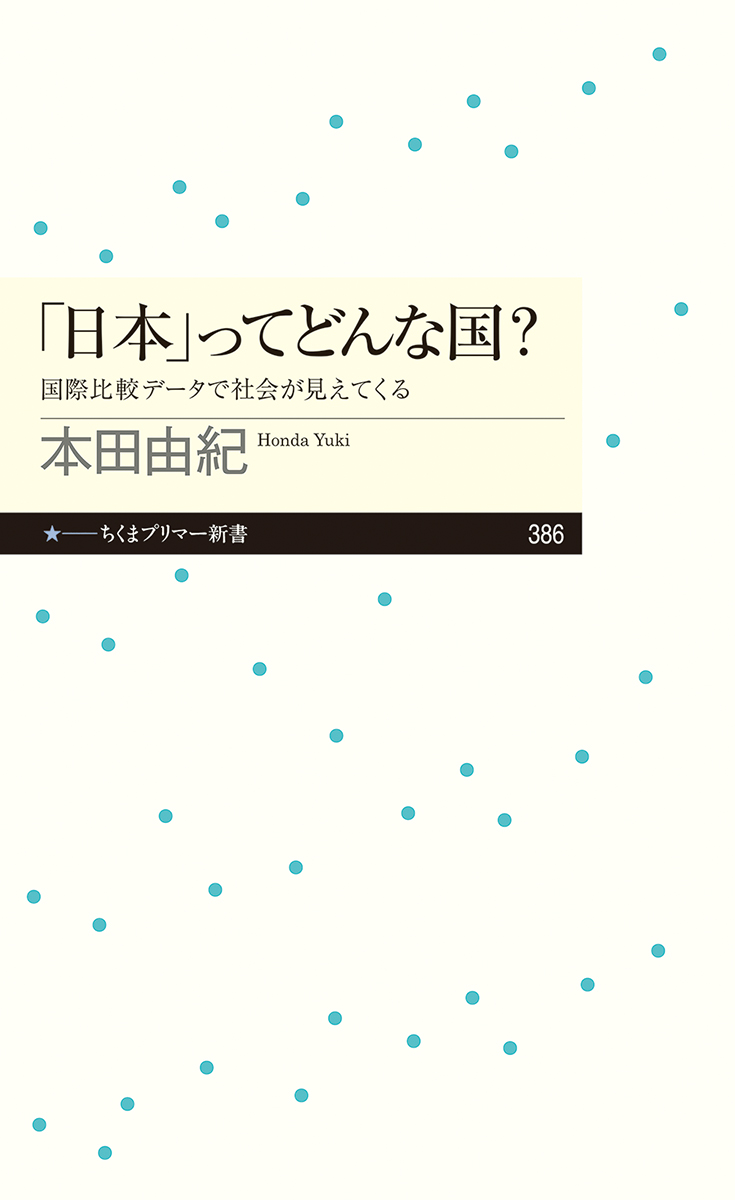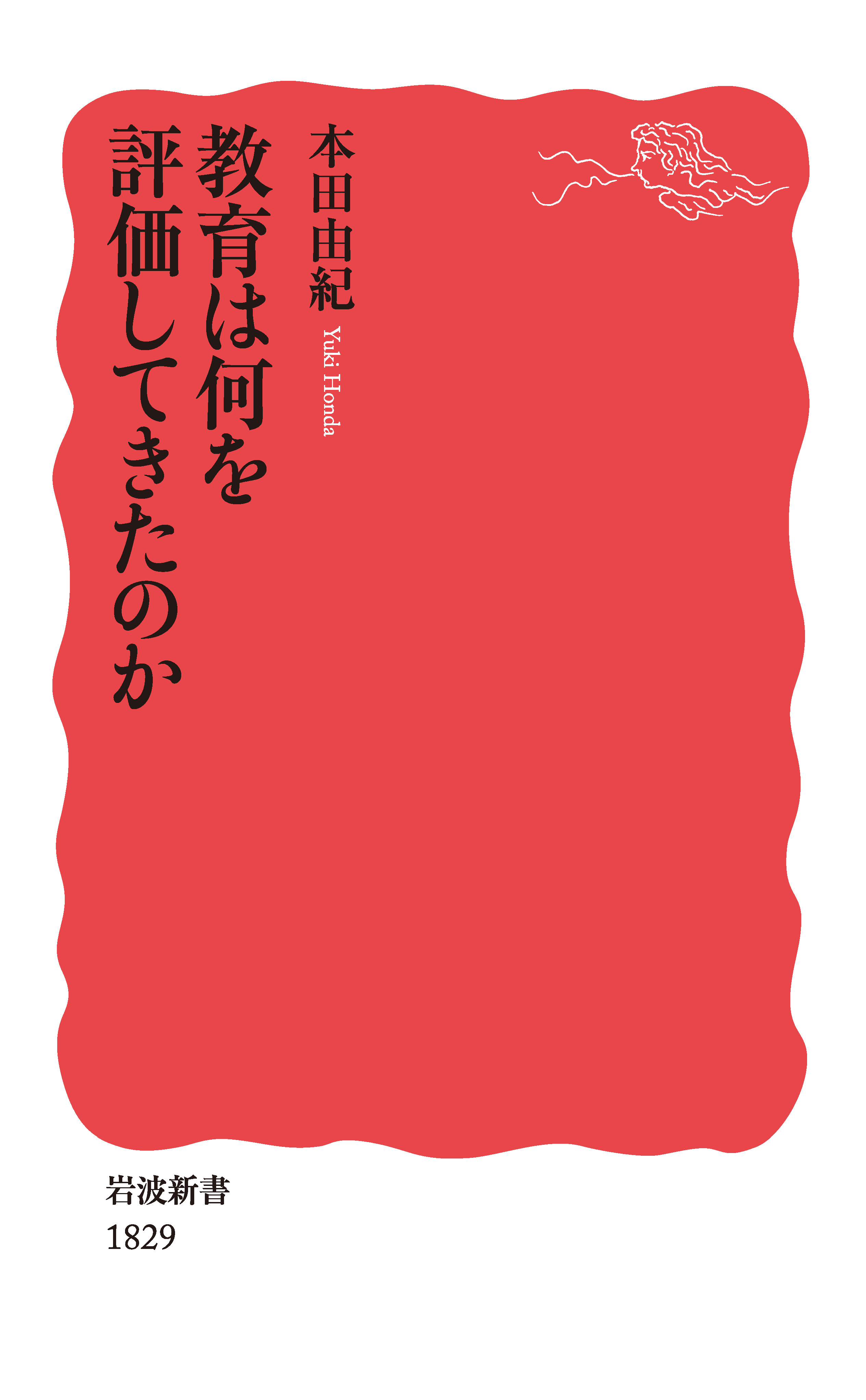
Title
Iwanami Shinsho Kyōiku wa nani o hyōka shite kitanoka (What has Education Valued?)
Size
264 pages, paperback pocket edition
Language
Japanese
Released
March 19, 2020
ISBN
9784004318293
Published by
Iwanami Shoten
Book Info
See Book Availability at Library
Japanese Page
In retrospect, almost everything I've written as a researcher has been aimed at exposing Japan’s strangeness, as convincingly as possible and from various angles and using a variety of data. In these writings I often examined the relationship between education and its social context, such as the relationship between education and labor markets or that between education and the family. In this book, however, I have chosen to focus on discussing the core structure of education itself.
Education is something all members of society pass through, historically so firmly entrenched in our daily life, customs, and ways of thinking that it is particularly difficult to relativize or delve into its depths. Many have made fragmentary points and findings, but my objective here has been to expose the nature of the ingrained principles that characterize Japanese education. In this book I have chosen to express these with the two terms, “vertical stratification” and “horizontal homogenization.”
By retracing the long process of Japan's so-called modernization and the introduction and dissemination of the school system as part of that process, this book shows how education has functioned as a selection and indoctrination device for vertical stratification and horizontal homogenization. Of course, these two effects can be observed to some extent in the education systems of other countries as well, but in Japan they have been uniquely refined. The fact that there is little awareness of this uniqueness is vexing, hence my attempt to explain it using these key terms.
Another challenge of this book is to focus on language as a social factor in maintaining the effects of “vertical stratification” and “horizontal homogenization” in Japanese education. I have done this by arguing that "vertical stratification" is embodied in the word “competency” (and its variations of “academic” and “human” competencies) and “horizontal homogenization” is embodied in the words “qualities” and “attitudes.” The word “competency” suggests there is a one-dimensional standard by which people can be judged to be superior or inferior. “Qualities” and “attitudes” suggest there are desirable standards of behavior that are superior to other forms of behavior. In this book, I demonstrate how the repeated and routine use of these terms to evaluate people on a daily basis in educational settings, and more broadly in society, serves to reinforce “vertical stratification” and “horizontal homogenization.”
Especially since the turn of the century, these two vectors have been gaining strength through laws and educational guidelines that have been used to constrain the field of education. Our children live in warlike classrooms pervaded by selectivity and peer pressure.
I wrote this book during the year of 2019 and was just checking the final proofs at the start of 2020 when the novel coronavirus pandemic began to swirl around the world. At the end of February, the Japanese government abruptly announced that it was closing all schools, effectively bringing education in Japan to a stop for roughly three months until the national state of emergency was lifted. Schools are now trying to cram in all the learning that was missed during those months, creating great difficulties for both children and their teachers. Compressed within this are the "vertical stratification" and "horizontal homogenization" assumptions that have dominated Japanese education for so long and are now verging on the intolerable.
I do not believe we can afford to ignore this situation anymore. It is high time we restore to our education system the “horizontal diversification” that has long been such a rarity in Japan because of the way in which it has been suppressed by the afore-mentioned two vectors. I realize we still have a long way to go before such an argument will be broadly accepted and institutionally achieved. Still, I do not intend to give up.
(Written by HONDA Yuki, Professor, Graduate School of Education / 2020)



 Find a book
Find a book


 eBook
eBook
